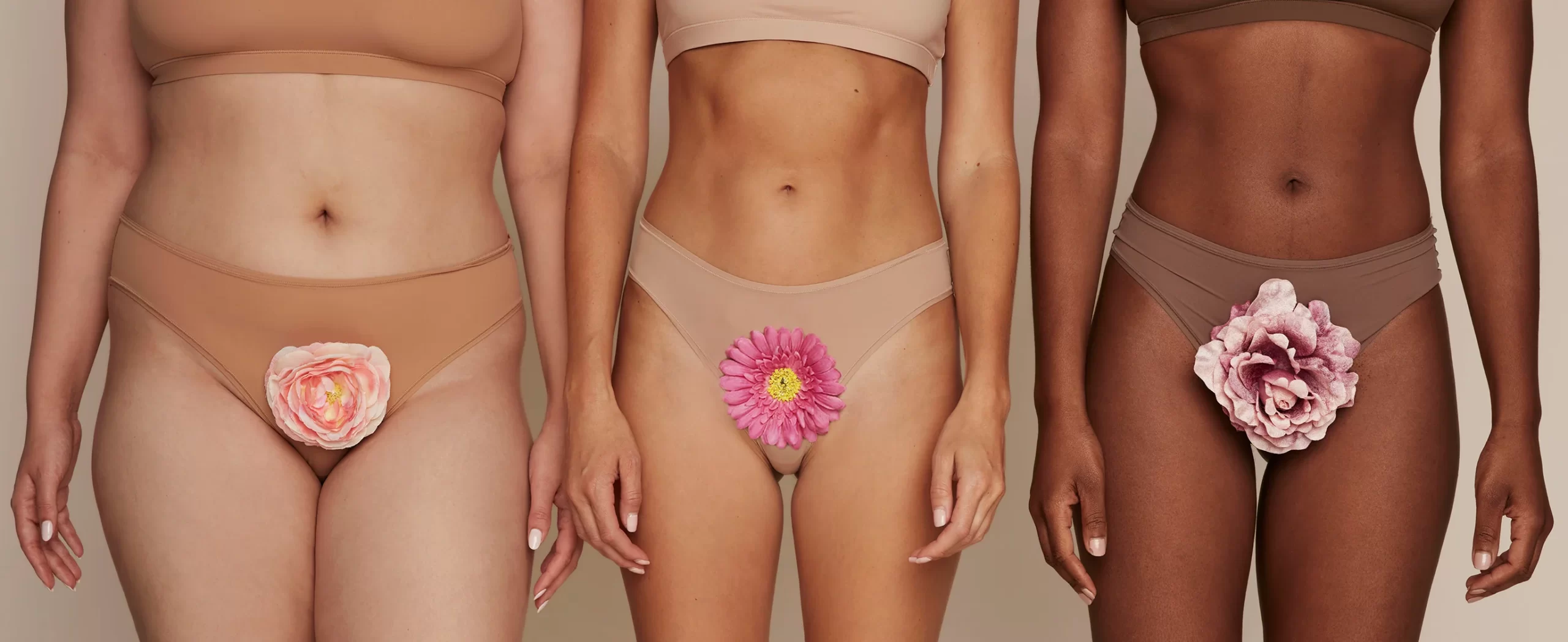there is no single “women’s private part” as female anatomy includes several distinct structures, each with their own functions and features. Some of these structures include the clitoris, labia majora and minora, the vaginal opening, and the cervix, among others.
It’s important to understand and respect the diversity of women’s bodies and to promote education and understanding about female anatomy in a factual and respectful way. Discussions about female anatomy should always be conducted with sensitivity and in appropriate contexts.
Facts about the Vagina
The vagina is a muscular, tubular structure that is part of the female reproductive system. Here are some facts about the vagina:
The vagina is the canal that connects the cervix (the lower part of the uterus) to the outside of the body. It is located between the bladder and the rectum.
The vagina is a self-cleaning organ. It has a natural cleaning mechanism that helps to maintain its pH balance and remove dead cells and bacteria.
The size and shape of the vagina can vary from woman to woman, and can change throughout a woman’s life due to factors such as age, childbirth, and hormonal changes.
The vagina is capable of expanding and contracting. During sexual arousal, the vagina can expand to accommodate a penis or other objects, and then return to its normal size after sexual activity.
The clitoris is a highly sensitive organ located at the front of the vulva, just above the vaginal opening. Stimulation of the clitoris can enhance sexual pleasure and lead to orgasm for many women.
The vagina is home to a variety of microorganisms, collectively known as the vaginal microbiome, which play an important role in maintaining vaginal health.
The vagina is capable of producing lubrication during sexual arousal, which can make sexual activity more comfortable and pleasurable.
It’s important to note that each woman’s experience with her own body is unique, and it’s essential to approach discussions about the vagina with respect and sensitivity. Additionally, if you have any specific concerns or questions about your own vaginal health, it’s always best to consult with a healthcare professional.
What does the Vagina Looks like?




How to clean the vagina and keep it clean
The vagina is a self-cleaning organ and generally does not need to be cleaned with soap or other products. However, the external genital area, known as the vulva, can be cleaned with gentle soap and water.
Here are some tips for keeping the vagina and vulva clean and healthy:
Use gentle soap and warm water to clean the vulva. Avoid using scented or harsh soaps, as these can disrupt the natural pH balance of the vagina.
Rinse the vulva thoroughly with warm water, and pat dry with a clean towel.
Wear clean, breathable cotton underwear and avoid tight-fitting clothing, which can trap moisture and promote the growth of bacteria.
Avoid using douches, as these can disrupt the natural balance of bacteria in the vagina and increase the risk of infection.
Practice safe sex to prevent the spread of sexually transmitted infections.
Eat a balanced diet and stay hydrated to promote overall health, which can also help to maintain vaginal health.
Consider seeing a healthcare professional if you experience any unusual discharge, itching, or discomfort, as these may be signs of an infection or other health issue.
It’s important to note that each woman’s experience with her own body is unique, and it’s essential to approach discussions about vaginal health with respect and sensitivity. If you have any specific concerns or questions about your own vaginal health, it’s always best to consult with a healthcare professional.
